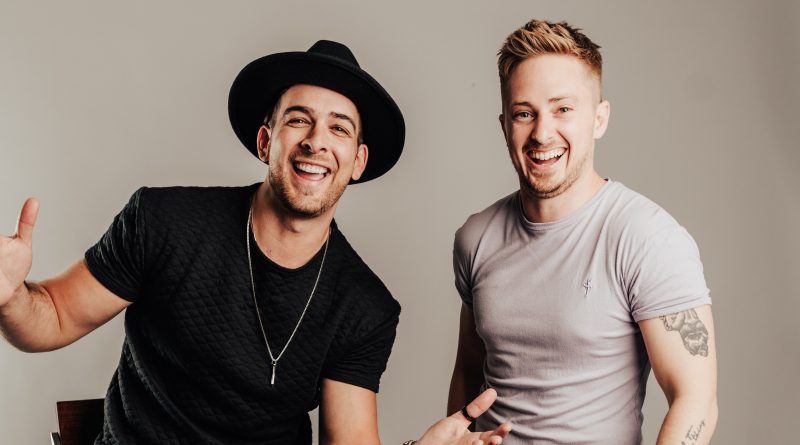Clients & Community Team Shares Insights on How To Scale A Coaching Business With Facebook
When their friend, business mentor, and employer, sadly passed away, Landon Stewart and Chris Stapleton found themselves in a tough spot. They needed to find work immediately. As fate would have it, some friends—who owned a similar company—were struggling, having reached a growth ceiling.
Stewart recalls, “We were like, we know what we’re doing when it comes to communities. Give us a chance and we promise we’ll scale your company.” So, the pair were hired for $10,000 a month and, true to their word, grew the company to about $600,000 a month—a $7 million a year company.
It proved to them the power of Facebook™ communities and became the deciding factor in them taking a risk on their own venture—Clients & Community. The company helps others turn their expertise into a successful coaching business.
If proof was needed of their ability to scale businesses, so far, they have been involved in creating 14 millionaires, and they plan to produce even more. We caught up with the partners to find out more about their approach to business.
Continual, consistent growth
“You have to be able to grow the group,” Stapleton says emphatically, “if you want to make money.” He continues, “If you’re a coach and have a company, you need to generate revenue by onboarding more clients—fresh leads every day. Many rely on an organic strategy. And the rationale behind that is that it’s free and therefore saves money. However, we take a completely different approach and endorse ‘paid-for’ advertising.”
He explains, “You can choose to use your time and go the organic route or you can make your money work for you.”
Stewart interjects, “Although we may drop $9,000 on advertising, we might pick up $120,000 in income. That means for every dollar we invest, we get a return of $13.”
Content: how much and how often?
If advertising brings people to your group, content is what keeps them there. The pair are emphatic that some groups, however, produce too many posts per day. In their experience, this can create an “unexpected friction” in onboarding premium, paying clients.
“If members already have lots of useful free content,” says Stewart, “why would they want to pay for more?”
The pair believe the key is releasing high-impact or high-value content only a few times a week, which is designed to entice clients towards paid-for content.
Stapleton comments, “We meet community owners who are burned out, producing too much high-quality content. We tend to spend around 2 hours per week, not 2 hours per day.”
Show me the money
The final pillar, according to the partners, is monetizing the group. This is where you turn simple members into high paying clients. But sadly, many people have no specific strategy to make this happen. They just hope that someone will figure everything out and click the right link.
Nevertheless, the pair believe that conversations with people are the “currency of the coaching industry”. They emphasize that their group contains no links for someone to buy. Rather, what they do is nudge people towards having a conversation. It’s during the conversation that the pair can ascertain whether someone is the right fit. They qualify the client to see how interested they are, whether they’re a good fit for the community, and if they can really help them.
This win-win approach “meets people’s needs and serves them better”, according to the duo. “We find, as a result, our conversion rate is much higher, people are more satisfied when they join the programme and have a superior experience because they have a specific game plan.”
What does the future hold?
As one of the most “active and engaged groups in the world”, Clients & Community has a knack for attracting those who’d like to build a thriving business. When asked to comment on what they expect in the future, they respond, “When we started out, we wanted to create 1,000 Facebook group millionaires. That’s our vision. We’ve got 14 at the minute, and we just want to continue to help people build, grow and scale communities. We know we have the right approach and all we have to do is continue to support others in their journey towards financial freedom.”

